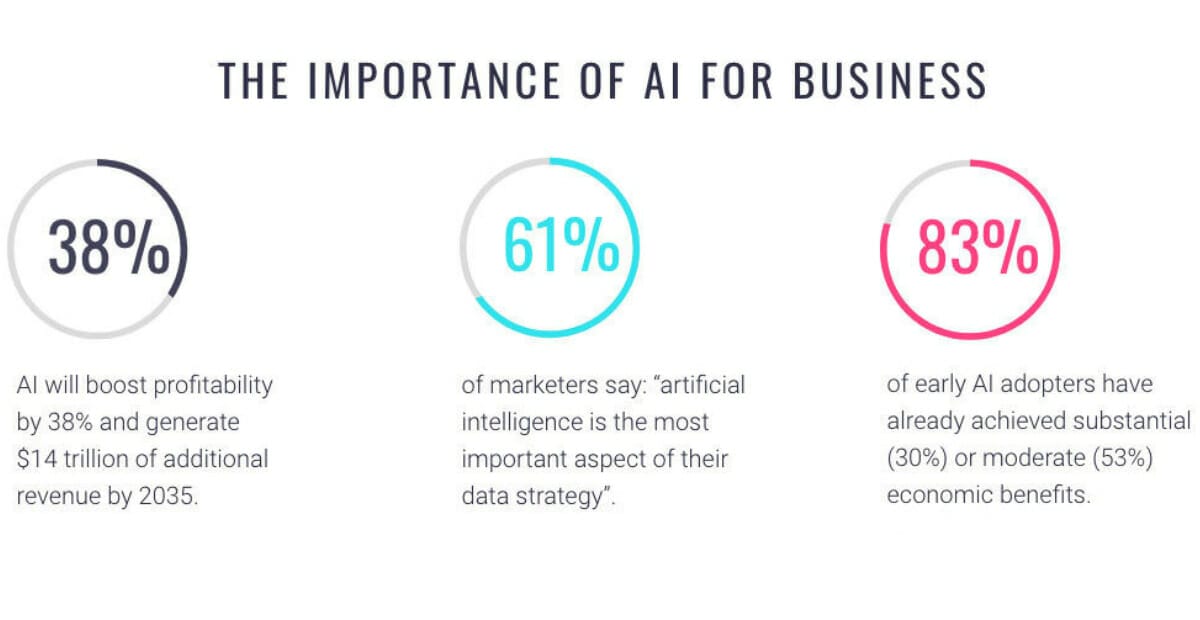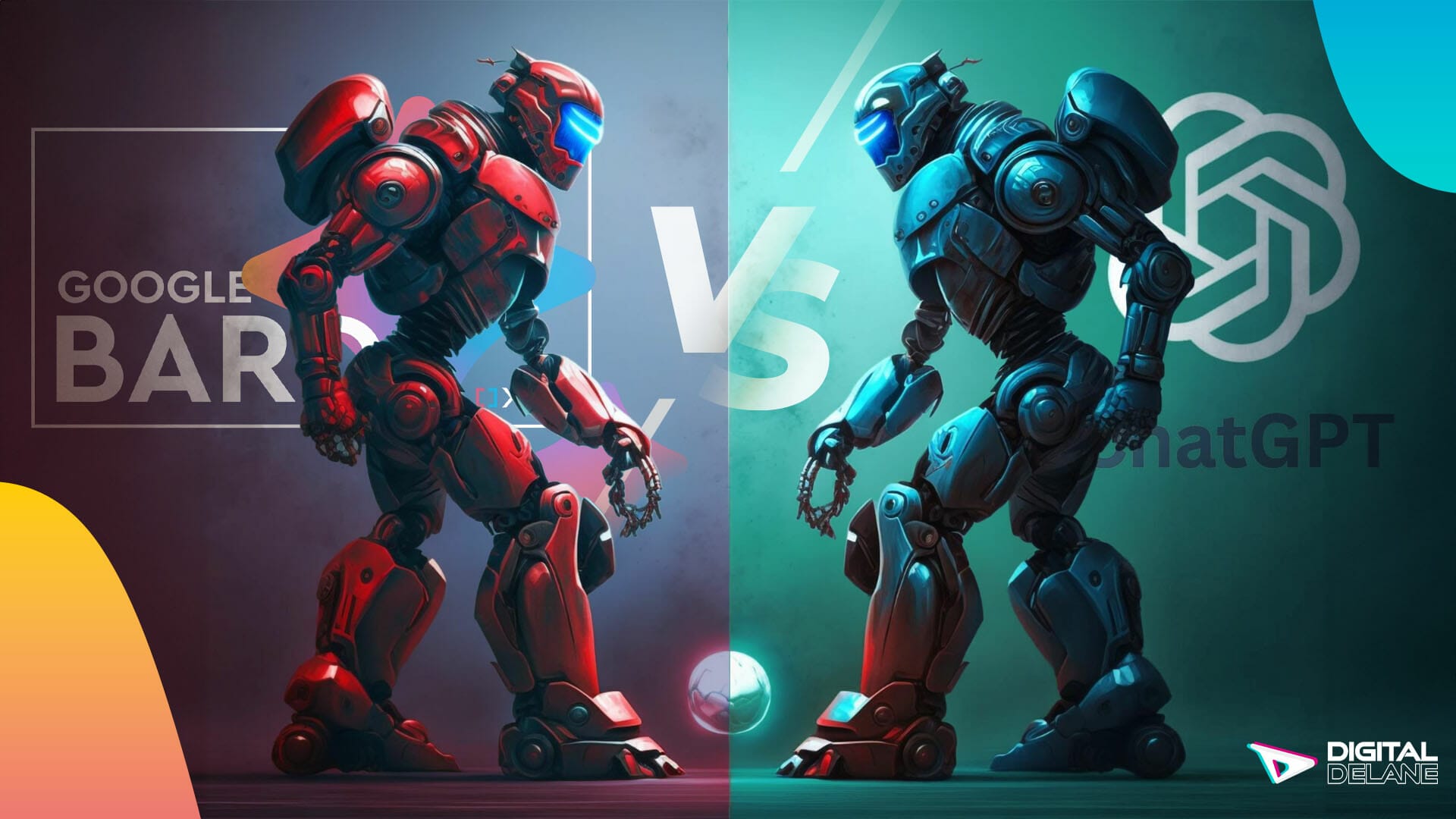
ChatGPT VS Google Bard: Which Is Better for Your Business’s Online Marketing?
Businesses must engage in online marketing to reach their target audience. In today’s digital age, consumers are bombarded with marketing messages from all sides, so standing out from the crowd is more important than ever. A lot of people talk about Google Bard vs ChatGPT. In this blog, we will talk about what’s the difference between ChatGPT and Google Bard.
Advanced AI technologies are playing a growing role in online marketing. AI-powered tools can help businesses automate tasks, personalize content, and effectively target campaigns.
Natural language processing (NLP) models are a type of AI that can understand and process human language. NLP models are being used in a variety of digital marketing applications, including:
- Chatbots: NLP AI chatbot can naturally interact with customers, providing support and answering questions.
- Content generation: NLP models can produce imaginative and informative material, including blog posts, articles, and social media posts.
- Personalized marketing: NLP models can personalize messages based on a user’s interests and demographics.
A few AI Chatbots such as ChatGPT, Google Bard, and Bing are one of the most used AI Tools for different online marketing work.
Two of the most popular NLP models for online marketing are Google Bard and ChatGPT. Bard is a significant language model from Google AI, while ChatGPT is a considerable language model from OpenAI. Both models can generate human-quality text but have different strengths and weaknesses.
Both ChatGPT and Bard are generative AI models. Both ChatGPT and Bard are generative AI models. AI models create new content using patterns from training data. These models can produce human-like text that is coherent and relevant to the given context. These models can produce human-like text that is coherent and relevant to the given context. ChatGPT and Bard are specifically designed to generate text in a conversational and creative manner, making them valuable tools for tasks like content generation, personalized messaging, and storytelling in online marketing.
Both Bard and ChatGPT are large language models developed by OpenAI.
Bard combines the capabilities of two separate models: CLIP and DALL·E. CLIP is a model that understands images and text and can perform tasks like image classification and text-image matching. DALL·E is a model that can create images from textual descriptions. By combining the strengths of these models, Bard can generate text and corresponding images coherently and creatively.
ChatGPT, on the other hand, is a standalone language model that excels in generating human-like text responses in a conversational manner. Our system is trained to recognize patterns and produce relevant responses from online texts.
Both Bard and ChatGPT are examples of OpenAI’s efforts to develop advanced AI models capable of generating high-quality, creative content in different modalities, be it text or images.
Google Bard is better at providing up-to-date information and formatting responses readably. ChatGPT is better at generating creative and informative content and can paraphrase and summarize the text.


The best AI model for your business’s online marketing needs will depend on your specific goals and requirements. If you’re looking for a model that can provide engaging and informative responses to customer questions, Google Bard may be a better choice. If you’re looking for a model that can generate creative and informative content, ChatGPT can be a better choice.
Boost Your Business with New AI Trends – Get a Free Strategy Session Today
Understanding Google Bard
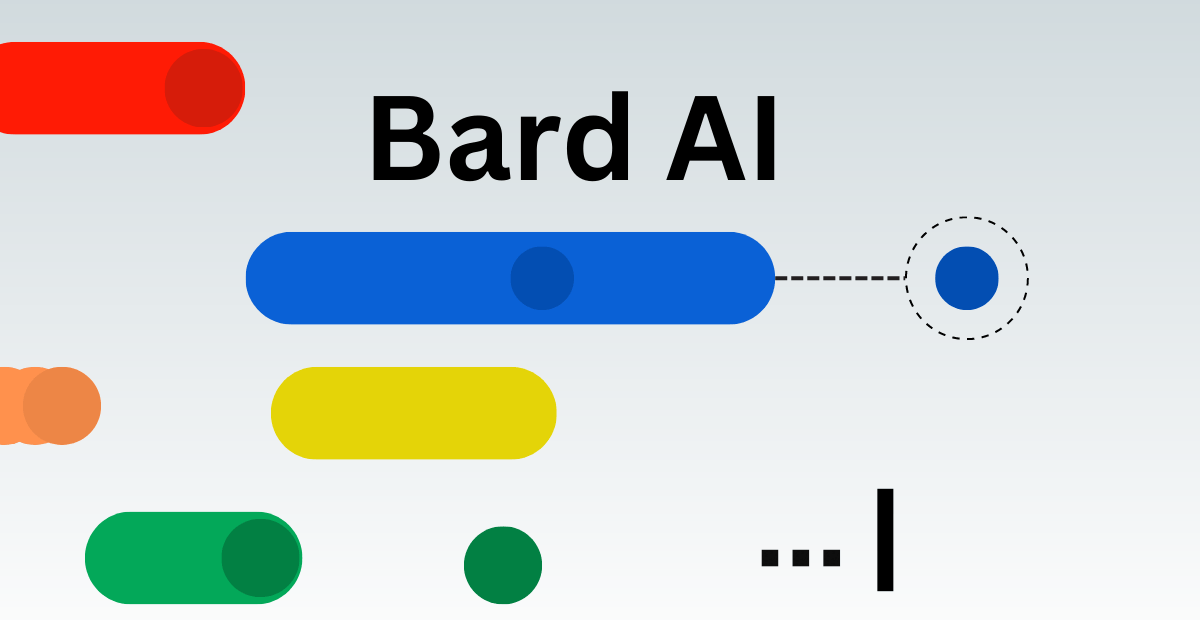

Google Bard, an AI language model developed by Google AI, is designed to generate creative and engaging content. It utilizes advanced natural language processing techniques to produce coherent narratives, marketing copy, and personalized messaging. Google Bard has gained recognition for its ability to assist businesses in crafting compelling stories and enhancing their online marketing strategies. Let’s explore Bard’s development, capabilities, and relevance to online marketing.
Google Bard is a language model developed by Google AI, i.e. bard uses Google’s research to gain information. It leverages the expertise and resources of Google’s research and engineering teams to create a powerful AI model for generating text and images in a coherent and creative manner. By combining the strengths of different models, such as CLIP and DALL·E, Google Bard offers a unique approach to content generation and provides users with a comprehensive solution for text and image-related tasks.
Do you want to grow faster? Schedule a free consultation call with an expert
Background and Development:
Google Bard builds upon the foundation of Google AI’s previous language models, such as GPT-3, and incorporates advancements in deep learning and NLP. This AI-powered assistant has been trained on texts from different sources, such as books, articles, and websites. This extensive training enables Google Bard to understand and generate human-like text with a creative flair.
Key Features and Advantages of Google Bard:
Bard offers several features and advantages that are specifically relevant to online marketing:
a) Content Generation:
Bard generates engaging content, including blog posts, social media captions, product descriptions, and advertisements. It can help businesses overcome writer’s block and produce high-quality, persuasive content more efficiently.
b) Personalized Messaging:
Bard can tailor its output based on specific prompts and customer data, allowing businesses to create personalized messages. This capability enhances customer engagement and fosters a connection between the brand and the audience.
c) Creative Storytelling:
One of Bard’s strengths is its ability to construct compelling narratives. It can generate captivating stories that captivate and resonate with the target audience, making it an invaluable tool for storytelling-based campaigns.
d) Language Flexibility:
Bard can adapt its language style and tone to match the brand’s voice, ensuring consistency across various marketing channels. Whether formal corporate communication or a casual social media post, Bard can generate text that aligns with the desired brand image.
WITH AI –
Examples of Successful Marketing Campaigns:
Several businesses have leveraged Bard’s capabilities to achieve successful online marketing campaigns. Here are a few examples:
a) Storytelling for Brand Engagement:
A clothing retailer used Bard to create engaging stories around their products, highlighting the inspiration behind each collection. These stories resonated with customers and increased brand loyalty.
b) Personalized Email Marketing:
An e-commerce platform utilized Bard to generate personalized email newsletters based on customer preferences and browsing history. This approach led to higher open, click-through, and conversion rates. As a startup or medium-sized business owner, you would like to have the most effective and cost-efficient marketing strategies, i.e., Email Marketing.
A digital agency employed Bard to create social media posts for their clients, such as focusing on social media marketing.
Bard’s ability to generate catchy captions and compelling storytelling content helped the agency enhance brand visibility and attract a more significant following.
By harnessing Bard’s capabilities, businesses can unlock their creativity, streamline content creation, and drive impactful online marketing campaigns.
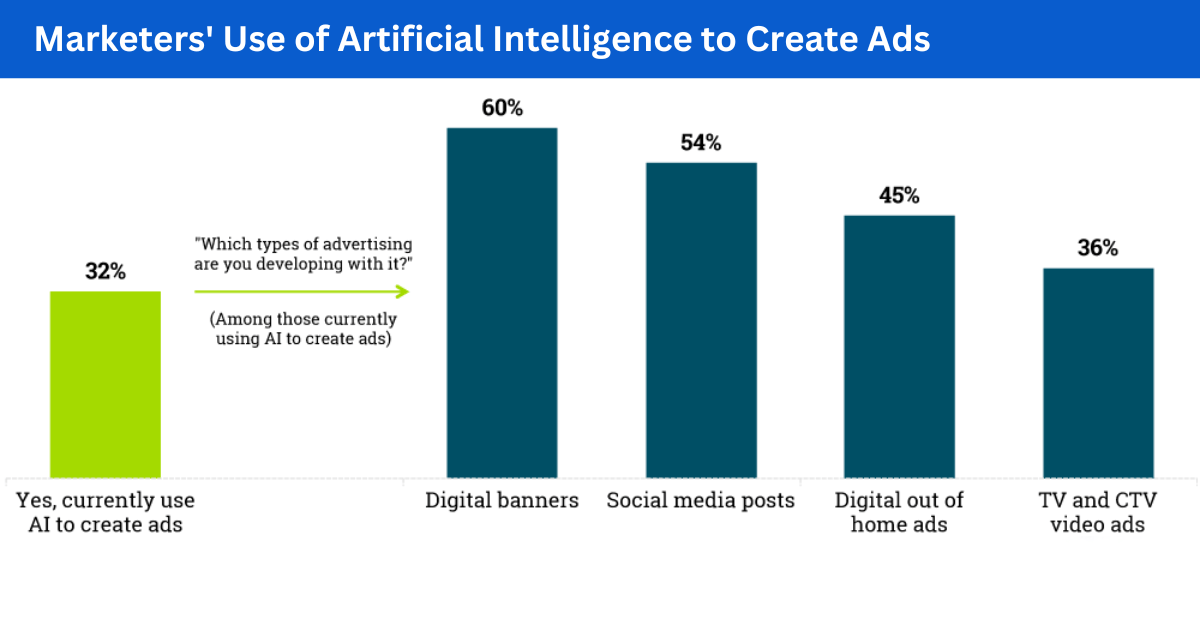

Understanding ChatGPT
Bard is developed by GoogleAI whereas ChatGPT is developed by OpenAI. ChatGPT is designed explicitly for conversational interactions. It represents a significant advancement in Natural Language Processing (NLP) and holds great potential for various applications in online advertising. Let’s delve into ChatGPT’s significance, core functionalities, and unique characteristics compared to traditional chatbots.
ChatGPT uses over time learning to improve. During its training process, ChatGPT has access to a lot of internet text data, which allows it to learn patterns, language usage, and general knowledge. This training enables ChatGPT to generate contextually relevant and coherent responses.
ChatGPT, like its predecessor GPT-3, is based on the concept of generative pre-training. Generative pre-training involves training a language model on a large corpus of text data to learn the statistical patterns and structures of language. This pre-training phase helps the model develop a general understanding of language and its context.
Significance in NLP:
ChatGPT marks a significant milestone in NLP because it generates contextually relevant and coherent responses in informal settings. It leverages deep learning techniques and large-scale training on diverse text sources to understand and develop human-like dialogue. This breakthrough has opened up new business possibilities regarding customer engagement, support, and personalized interactions.
Core Functionalities and Distinctions from Traditional Chatbots:
a) Contextual Understanding:
ChatGPT excels in understanding context and maintaining coherent conversations. It can comprehend and respond to various user queries, adapting its answers based on the conversation’s context. This contextual understanding enables more natural and meaningful interactions.
b) Improved Language Fluency:
ChatGPT’s training on extensive text data helps it generate responses with higher language fluency. It can generate well-formed sentences, grasp nuances, and provide detailed information, enhancing the user experience.
c) Handling Ambiguity:
ChatGPT demonstrates a better ability to handle vagueness and ambiguity than traditional chatbots, which often struggle with ambiguous queries. It can ask clarifying questions to gather more context and provide more accurate responses, resulting in a smoother conversation flow.
d) Creative and Engaging Interactions:
ChatGPT’s language generation capabilities enable it to engage users creatively. It can tell jokes, provide recommendations, and even simulate fictional characters, making interactions more enjoyable and memorable.
Potential Applications in Online Marketing:
ChatGPT offers several potential applications in online marketing:
a) Customer Support:
By integrating ChatGPT into customer support systems, businesses can provide 24/7 assistance and handle many customer queries. ChatGPT’s contextual understanding and language fluency enhance the quality of customer interactions, improving satisfaction levels.
b) Personalized Recommendations:
ChatGPT can analyze user preferences and historical data to deliver personalized product recommendations. This can be valuable for e-commerce platforms, helping to increase sales and customer engagement.
c) Virtual Sales Assistants:
With ChatGPT, businesses can create virtual sales assistants that engage customers, answer product-related queries, and guide them through the purchasing process. This human-like interaction can boost conversions and provide a personalized shopping experience.
d) Interactive Marketing Campaigns:
ChatGPT can be used to develop interactive marketing campaigns, such as chat-based quizzes, interactive stories, or virtual brand ambassadors. These initiatives foster engagement, capture user data, and leave a lasting impression on customers.
ChatGPT’s conversational capabilities empower businesses to create more personalized and engaging customer experiences, improving brand perception and customer satisfaction.
Ready to Discuss Your Project? Chat With Our Marketing Team
Comparative Analysis
When considering Bard and ChatGPT for online advertising, it is essential to evaluate their strengths and weaknesses and various performance metrics / key difference. Additionally, scalability, customization options, and cost considerations are crucial in implementing these models in an online marketing strategy. This critical analysis/comparison will help answer the central question of whether to choose ChatGPT or Bard.
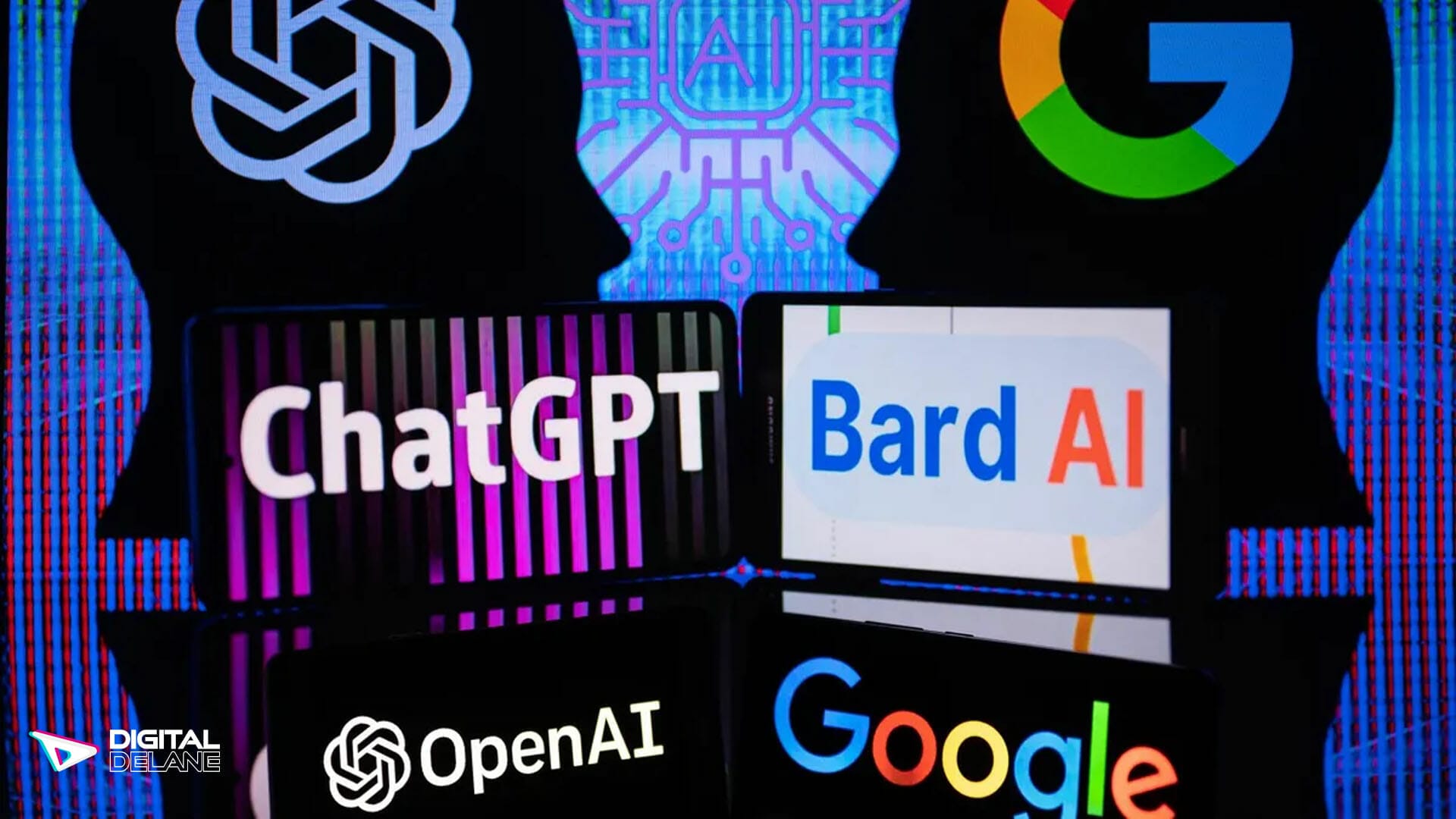

Both Chatbots such that Bard and ChatGPT are coded in such way that both models allow you to send prompts or conversation history as input and receive generated text as output.
Strengths and Weaknesses:
Bard:
1. Strengths:
- Content Creation: Bard generates high-quality content, making it a valuable tool for creating engaging blog posts, social media content, and materials.
- Domain Expertise: Bard’s training includes specific domains, allowing it to provide accurate and relevant information in niche areas, such as technical subjects or specialized industries.
- Multimodal Capabilities: Bard can process text and image inputs, enabling the creation of visually rich and informative content creation.
2. Weaknesses:
- Contextual Understanding: Bard may need help maintaining contextual understanding in long conversations or complex dialogue, leading to potential inconsistencies or misunderstandings.
- Limited Conversation Depth: Bard’s responses sometimes need more depth and may explore topics in less detail than desired.
An article on LinkedIn, “Unleashing the Power of Bard AI,” discusses the Strengths, Weaknesses and Future updates of Google AI Bard.
ChatGPT
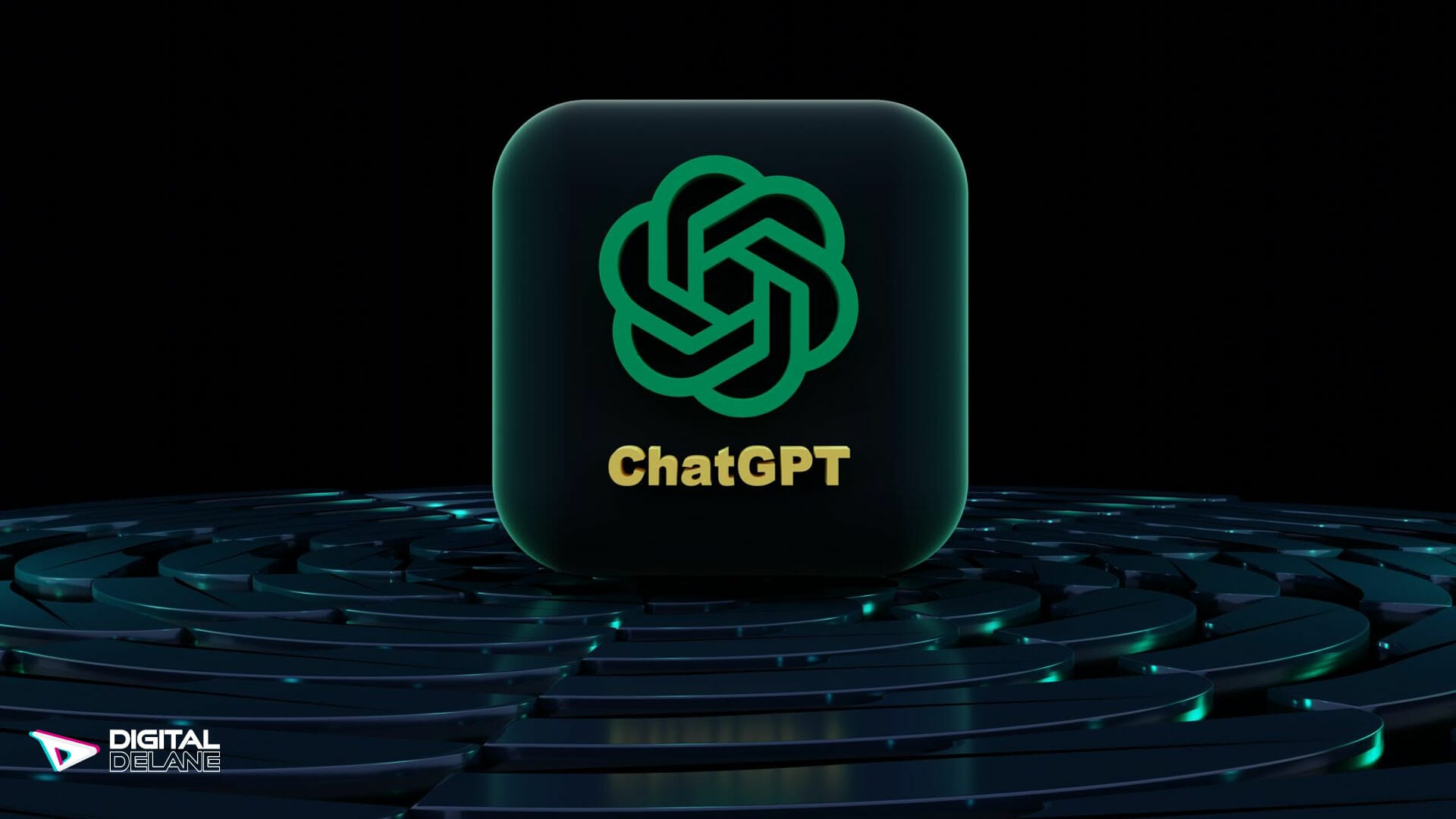

1. Strengths:
- Conversational Flow: ChatGPT shines in maintaining conversational flow and context. It can generate coherent responses, ask clarifying questions, and provide engaging interactions.
- Language Fluency: ChatGPT’s training results in responses with high language fluency, making interactions feel more natural and human-like.
- Wide Range of Applications: ChatGPT’s versatility allows it to be applied across various online advertising channels, such as customer support, personalized recommendations, and interactive campaigns.
2. Weaknesses:
- Potential Unreliability: ChatGPT’s responses can sometimes be unpredictable or generate inaccurate information, requiring careful monitoring and oversight.
- Overreliance on Training Data: ChatGPT’s responses heavily rely on the data it has been trained on, which can occasionally lead to biased or unverified information.
According to an article on LinkedIn titled “5 Advantages and Disadvantages of ChatGPT,” the question posed is whether or not ChatGPT deserves the attention it’s been receiving.
Performance Metrics:
a) Response Quality:
Both Bard and ChatGPT can produce high-quality responses, but ChatGPT’s conversational nature often leads to more engaging and contextually relevant interactions.
b) Language Fluency:
ChatGPT generally exhibits better language fluency due to its extensive training, resulting in more coherent and natural-sounding responses.
c) Understanding of Context:
While both models can understand the context to a certain extent, ChatGPT demonstrates a more robust contextual understanding and can maintain conversations with greater depth and coherence.
Scalability, Customization, and Cost Considerations:
a) Scalability:
ChatGPT, a widely-used model, offers better scalability options with extensive community support and available resources. Bard’s adoption is relatively newer, and its scalability might depend on specific use cases and available resources.
b) Customization:
Google Bard and ChatGPT can be fine-tuned and customized to some extent based on specific business requirements. However, ChatGPT’s flexibility in generating conversational output makes it more suitable for customization and adapting to particular marketing strategies.
c) Cost:
The cost considerations for implementing Bard and ChatGPT depend on factors such as usage volume, infrastructure requirements, and potential fine-tuning. Generally, Bard might have a higher initial cost due to its newer development and specialized domain expertise, while ChatGPT’s price may vary depending on usage and customization requirements.
Understanding the strengths, weaknesses, performance metrics, scalability, customization options, and cost considerations of both Bard and ChatGPT is crucial in determining which model aligns better with specific online marketing goals and resources. The decision should be based on thoroughly evaluating business requirements, expected outcomes, and available technical expertise.
Use Cases and Success Stories
Bard and ChatGPT have shown positive results in online marketing campaigns, with increased website traffic, higher conversion rates, and improved customer engagement. These success stories provide insights into how these AI models can drive positive outcomes in online efforts.
Use Cases of Bard:
a) Business A, an e-commerce company specializing in fashion, employed Bard to generate engaging product descriptions and blog content. Thanks to Bard’s impressive storytelling skills and ability to highlight the distinctive aspects of its merchandise, Business A saw a substantial surge in website visitors and excellent conversion rates. Customers found the content informative and persuasive, leading to a boost in sales and improved customer engagement.
b) Business B, a technology startup, utilized Bard to provide technical documentation and support articles. By leveraging Bard’s domain expertise in the technology industry, Business B saw reduced customer support queries and improved user self-service. The clear and concise content generated by Bard helped users troubleshoot issues independently, resulting in higher customer satisfaction and reduced support costs.
Use Cases of ChatGPT:
a) Business C, an online marketplace, integrated ChatGPT into its customer support system. ChatGPT helped address customer queries, recommend products, and provide real-time support by providing personalized and responsive assistance. The conversational nature of ChatGPT enhanced the overall customer experience, leading to increased customer satisfaction, higher retention rates, and improved sales.
b) Business D, a travel agency, incorporated ChatGPT into its website as a virtual travel assistant. ChatGPT interacted with users, answering questions about travel destinations, recommending itineraries, and providing real-time assistance. The interactive and informative nature of ChatGPT helped users plan their trips, resulting in increased engagement, longer website sessions, and a higher conversion rate for travel bookings.
Overall Impact:
Bard and ChatGPT played instrumental roles in enhancing online marketing campaigns in these use cases. Bard’s strength in content creation and domain expertise proved valuable for businesses seeking to create compelling narratives and provide technical information. On the other hand, ChatGPT’s conversational capabilities and language fluency improved customer interactions, leading to enhanced engagement and customer satisfaction.
These success stories demonstrate the tangible benefits that businesses have achieved by incorporating Bard or ChatGPT into their online marketing strategies. The specific results varied based on the nature of the company and its objectives. They saw improved website traffic, conversion rates, customer engagement, and satisfaction.
By leveraging the strengths of Bard and ChatGPT, businesses can drive meaningful outcomes in their online marketing efforts, establishing a competitive edge and delivering an exceptional customer experience. These use cases highlight the potential of chatbots to revolutionize online marketing and help businesses achieve their goals.
Considerations for Choosing the Right Model
When selecting between Bard and ChatGPT for online marketing needs, businesses should carefully consider several factors to ensure they choose the model that aligns with their budget, project requirements, target audience, and desired outcomes. Here are vital considerations to keep in mind:
Budget:
Evaluate the budget allocated for implementing an AI model in online advertising. Bard and ChatGPT might have different pricing structures, such as subscription-based plans or usage-based pricing. Consider the affordability of each chatbot and the potential return on investment they can provide.
Project Requirements:
Assess the specific requirements of your online marketing project. Consider the nature of the content you need to generate or the type of customer interactions you aim to enhance. Bard’s strength lies in content creation, storytelling, and domain expertise, making it suitable for creating engaging narratives and technical information. ChatGPT, on the other hand, excels in interactive and conversational experiences, making it ideal for customer support or virtual assistant applications.
Target Audience:
Understand your target audience and their preferences. Consider whether your audience responds better to narrative-driven content or interactive conversational experiences. If your audience values informative and engaging narratives, Bard may be a suitable choice. However, if your audience seeks personalized and interactive interactions, ChatGPT can be a better fit.
Do you want to grow faster? Schedule a free consultation call with an expert
Desired Outcomes:
Define the specific outcomes you aim to achieve by implementing an AI model. For example, Bard’s content creation capabilities may be advantageous if your primary goal is to increase website traffic and conversions through compelling content. Conversely, if your objective is to enhance customer engagement and satisfaction through interactive conversations, ChatGPT’s conversational abilities may be more suitable.
Technical Considerations:
Evaluate the technical aspects of implementing Bard or ChatGPT. Consider factors such as integration requirements, ease of implementation, and technical support the respective platforms provide. Additionally, assess the scalability of each model to ensure it can handle the expected volume of interactions and content generation.
Ethical Considerations:
Take into account ethical considerations associated with AI models. Be aware of model limitations and biases, and ensure they align with your moral standards. Prioritize privacy, fairness, and transparency for audience trust.
By carefully considering these factors, businesses can make an informed decision regarding selecting either Bard or ChatGPT for their online marketing needs. It is crucial to align the chosen product with the budget, project requirements, target audience, and desired outcomes to maximize the effectiveness and success of the online advertising strategy.
Future Developments and Trends
As AI advances, several potential future developments and emerging trends in AI models for online marketing exist. These advancements can significantly impact the capabilities and effectiveness of models like Bard and ChatGPT. Let’s explore some of these developments and trends:
Improvements in NLP Technology:
Natural Language Processing (NLP) is a rapidly evolving field, and future advancements are expected to enhance AI models’ language understanding and generation capabilities. This can lead to more accurate and contextually aware responses, improved language fluency, and better user experiences. NLP advancements can benefit both Bard and ChatGPT, making them more effective in understanding and generating high-quality content.
Personalization and Customization:
In the world of digital marketing, personalization is becoming more and more crucial. AI models like Bard and ChatGPT have the potential to leverage user data and preferences to deliver personalized marketing content and experiences. Future developments may focus on enhancing the ability of these models to tailor content to individual users, allowing businesses to create highly targeted and engaging marketing campaigns.
Multilingual and Cross-Cultural Capabilities:
With globalization, businesses must often cater to diverse audiences across different languages and cultures. Future AI models may incorporate improved multilingual and cross-cultural capabilities, enabling effective communication and engagement with a broader range of audiences. Bard and ChatGPT might evolve to support seamless translation, cultural nuances, and localization, opening up new business opportunities to expand their reach.
Enhanced Integration with Marketing Platforms:
Bard and ChatGPT AI work well with marketing platforms like social media, CMS, and CRM tools. Future developments may focus on seamless integration, enabling more streamlined and automated marketing workflows. This integration can enhance content creation, customer interactions, and data analysis, empowering businesses to optimize their online marketing efforts.
Voice and Visual Experiences:
Voice and visual content are gaining prominence in online marketing. Future chatbots may incorporate improved voice recognition and generation capabilities, allowing businesses to create voice-enabled experiences and assistants.
Visual understanding and generation advancements can also enable AI models to generate visual content based on textual inputs, such as images or videos. Bard and ChatGPT can adapt to these trends, allowing businesses to leverage voice and visual mediums for marketing.
Ethical AI and Trustworthiness:


AI models like Bard and ChatGPT can help businesses adapt and thrive in the dynamic world of digital marketing. Embracing advancements in NLP technology, personalization, integration, voice and visual experiences, and ethical considerations can empower businesses to create impactful and engaging online marketing campaigns.
Conclusion
In conclusion, when deciding between Bard and ChatGPT for your business’s online marketing needs, it’s essential to evaluate various factors. Bard, developed by Google AI, excels in content generation, personalized messaging, and creative storytelling. It’s a valuable tool that can help with writer’s block, creating stories, and customizing marketing messages using customer data.
On the other hand, ChatGPT, developed by OpenAI, specializes in conversational interactions, offering superior contextual understanding, language fluency, and conversational flow. It suits customer support, personalized recommendations, and interactive marketing campaigns.
Additionally, considering a digital marketing agency like Digital Delane could be beneficial if you require professional guidance and support in your digital marketing efforts. Digital Delane is a reputable agency specializing in comprehensive digital marketing solutions. With their expertise and experience, they can assist you in formulating and executing effective online marketing strategies to maximize your brand’s visibility, reach, and engagement. Whether it’s search engine optimization (SEO), social media marketing, content creation, or paid advertising, Digital Delane can tailor their services to meet your business objectives.
Therefore, consider your budget, project requirements, target audience preferences, desired outcomes, technical considerations, and ethical concerns when deciding. By carefully assessing these factors and evaluating the specialized expertise of agencies like Digital Delane, you can make an informed choice that aligns with your online marketing goals and drives success for your business.
In short, the future of AI holds great potential for advancements in deep learning, natural language processing, reinforcement learning, ethical considerations, healthcare, and automation. These developments will impact various industries and improve our lives in numerous ways.
We hope this blog helped you in understanding the difference between ChatGPT and Bard about which model is better according to your needs.


